Senwen Yang
Leon
Generalization of Urban Wind Environment Using Fourier Neural Operator Across Different Wind Directions and Cities
Jan 09, 2025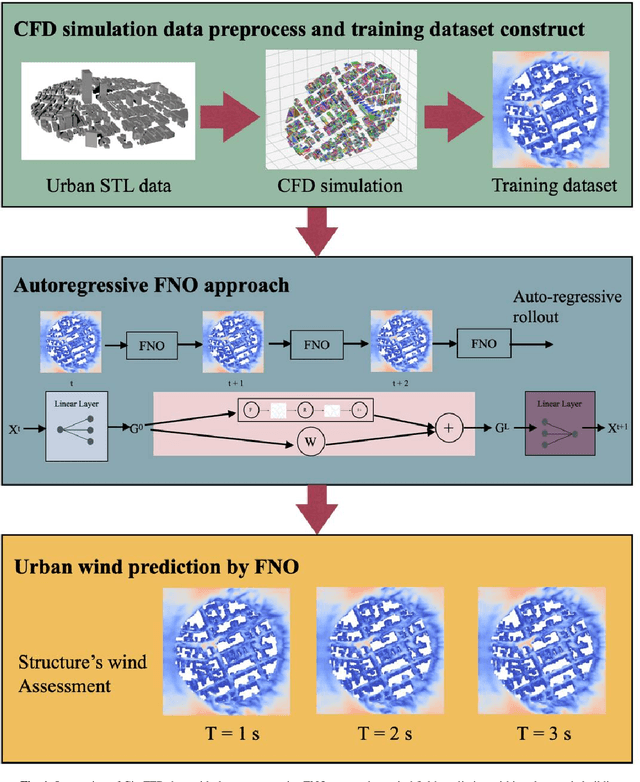
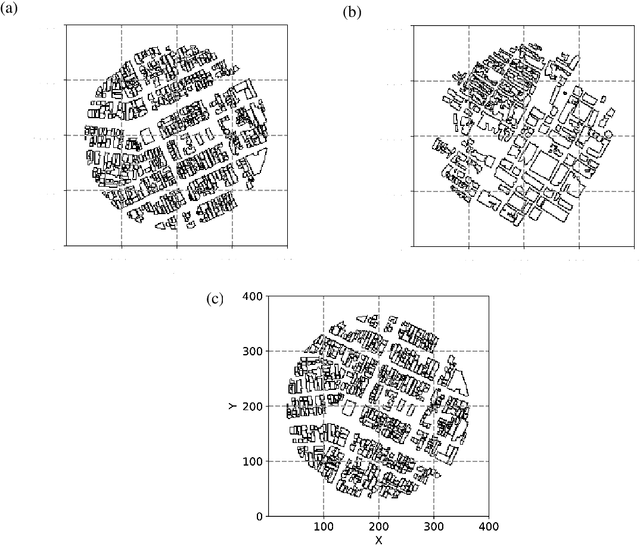

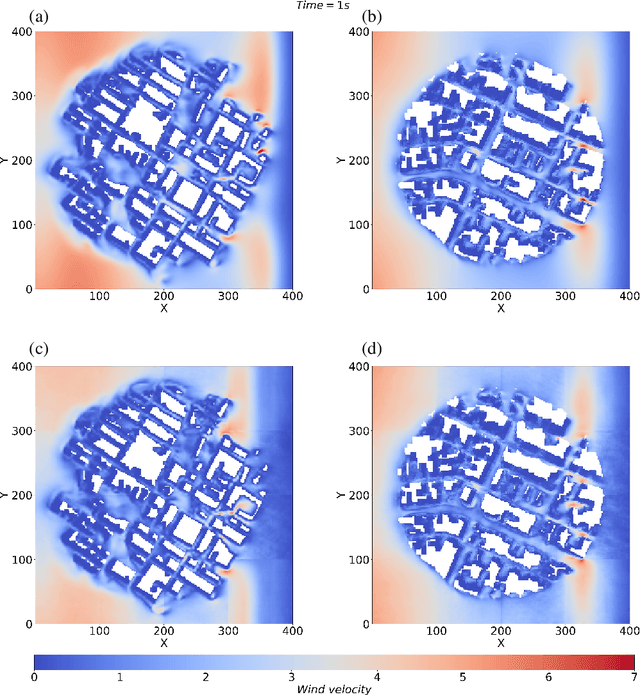
Abstract:Simulation of urban wind environments is crucial for urban planning, pollution control, and renewable energy utilization. However, the computational requirements of high-fidelity computational fluid dynamics (CFD) methods make them impractical for real cities. To address these limitations, this study investigates the effectiveness of the Fourier Neural Operator (FNO) model in predicting flow fields under different wind directions and urban layouts. In this study, we investigate the effectiveness of the Fourier Neural Operator (FNO) model in predicting urban wind conditions under different wind directions and urban layouts. By training the model on velocity data from large eddy simulation data, we evaluate the performance of the model under different urban configurations and wind conditions. The results show that the FNO model can provide accurate predictions while significantly reducing the computational time by 99%. Our innovative approach of dividing the wind field into smaller spatial blocks for training improves the ability of the FNO model to capture wind frequency features effectively. The SDF data also provides important spatial building information, enhancing the model's ability to recognize physical boundaries and generate more realistic predictions. The proposed FNO approach enhances the AI model's generalizability for different wind directions and urban layouts.
Fourier neural operator for real-time simulation of 3D dynamic urban microclimate
Aug 08, 2023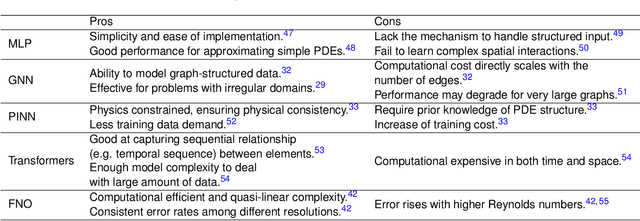
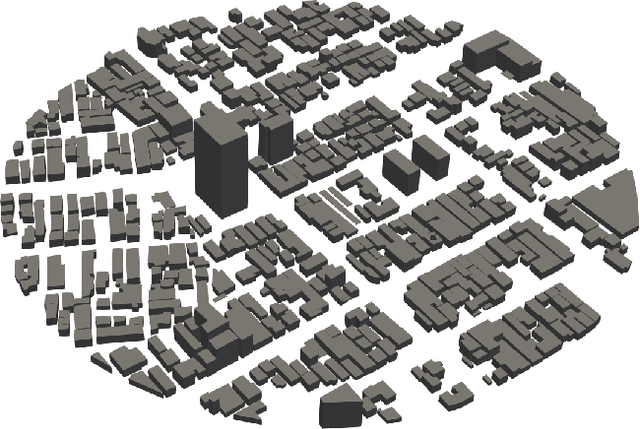


Abstract:Global urbanization has underscored the significance of urban microclimates for human comfort, health, and building/urban energy efficiency. They profoundly influence building design and urban planning as major environmental impacts. Understanding local microclimates is essential for cities to prepare for climate change and effectively implement resilience measures. However, analyzing urban microclimates requires considering a complex array of outdoor parameters within computational domains at the city scale over a longer period than indoors. As a result, numerical methods like Computational Fluid Dynamics (CFD) become computationally expensive when evaluating the impact of urban microclimates. The rise of deep learning techniques has opened new opportunities for accelerating the modeling of complex non-linear interactions and system dynamics. Recently, the Fourier Neural Operator (FNO) has been shown to be very promising in accelerating solving the Partial Differential Equations (PDEs) and modeling fluid dynamic systems. In this work, we apply the FNO network for real-time three-dimensional (3D) urban wind field simulation. The training and testing data are generated from CFD simulation of the urban area, based on the semi-Lagrangian approach and fractional stepping method to simulate urban microclimate features for modeling large-scale urban problems. Numerical experiments show that the FNO model can accurately reconstruct the instantaneous spatial velocity field. We further evaluate the trained FNO model on unseen data with different wind directions, and the results show that the FNO model can generalize well on different wind directions. More importantly, the FNO approach can make predictions within milliseconds on the graphics processing unit, making real-time simulation of 3D dynamic urban microclimate possible.
 Add to Chrome
Add to Chrome Add to Firefox
Add to Firefox Add to Edge
Add to Edge